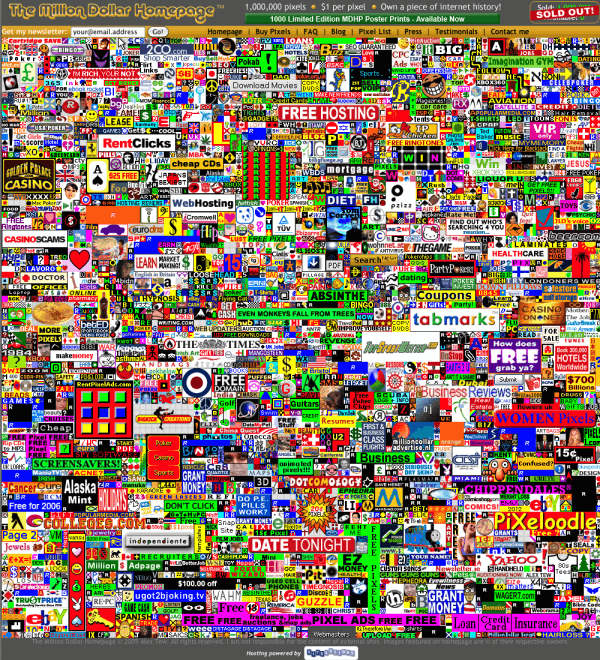"Are you wasting money with Google through its default options"
 What is Google's Display (aka content) Network?
What is Google's Display (aka content) Network?
The Display network is a collection of third party sites like online publishers and bloggers who have agreed to display Google "Adsense" ads.
So here your ads are displayed entirely separate from Google - so it is, in my view, the biggest hidden secret to newcomers to paid search marketing.
Google gets around 30% of its revenue, not from searches on its own site, but displaying contextual ads on other sites or searches linked from other sites. These ads are displayed as part of the Google AdSense programme that advertisers can subscribe to. For example, if you navigate to www.davechaffey.com/Total-E-mail-Marketing, you will see ads about E-mail Marketing since Google has detected what this page is about and it then displays relevant ads since it is more likely to get clicks and so revenue if the ads match the content.
You can find out more about the Display network (which was for many years known as the content network since ads are triggered according to the content on publishers sites) by clicking the links below
Reasons to run Display Network Campaigns
- Great tool for creating awareness and brand building
- Fast, scalable, controllable reach
- A great way to target people / personas through the types of site they use rather than keywords
- Easy to monitor, analyze & optimise - responses from individual sites can be analytsed
Display Network Default Options
My main message in this section is ‘beware of the content network’. Ignoring it will often lead to poor ROI since searchers often click impulsively on such ads as part of browsing sites, rather than when they are proactively searching within the search engine. Clickthrough rates and conversion rates tend to be much lower on these types of ads. However, the content network is useful for using other sites to extend reach on keyphrases which are limited by the number of people searching upon them. As with all your paid search campaigns ensuring you have everything configured appropriately & are reporting on everything you can, at quite a granular level especially in the early days of the campaign.
Running successful Display Network Campaigns
It is not too dissimilar to running the stand paid search campaigns, the same rules apply:
- Campaign structure is key
- Ensure your adverts are as relevant as possible
- Land traffic on the most relevant landing page and ensure your success factors are being tracked
- Start broad, with a budget in mind and optimise over a few weeks
However, there is a big "But" - since the user is not typically on a directed journey where they are searching for a specific product or service, their response to an ad is quite different. So I would advise you need to treat these ads as separate campaigns and make these changes:
- Change ad copy and creative to help achieve awareness - banners many work better for this
- Use different keywords, including negative keywords to trigger the ad
- Set different bid prices to help achieve ROI since conversion rates may be lower
- Consider how remarketing on third-party sites can help performance
- Use analytics to constantly refine (i.e block particular websites)
Checkout my recent blog on paid search campaign structure for more ideas / tips
Tips from Google themselves:







